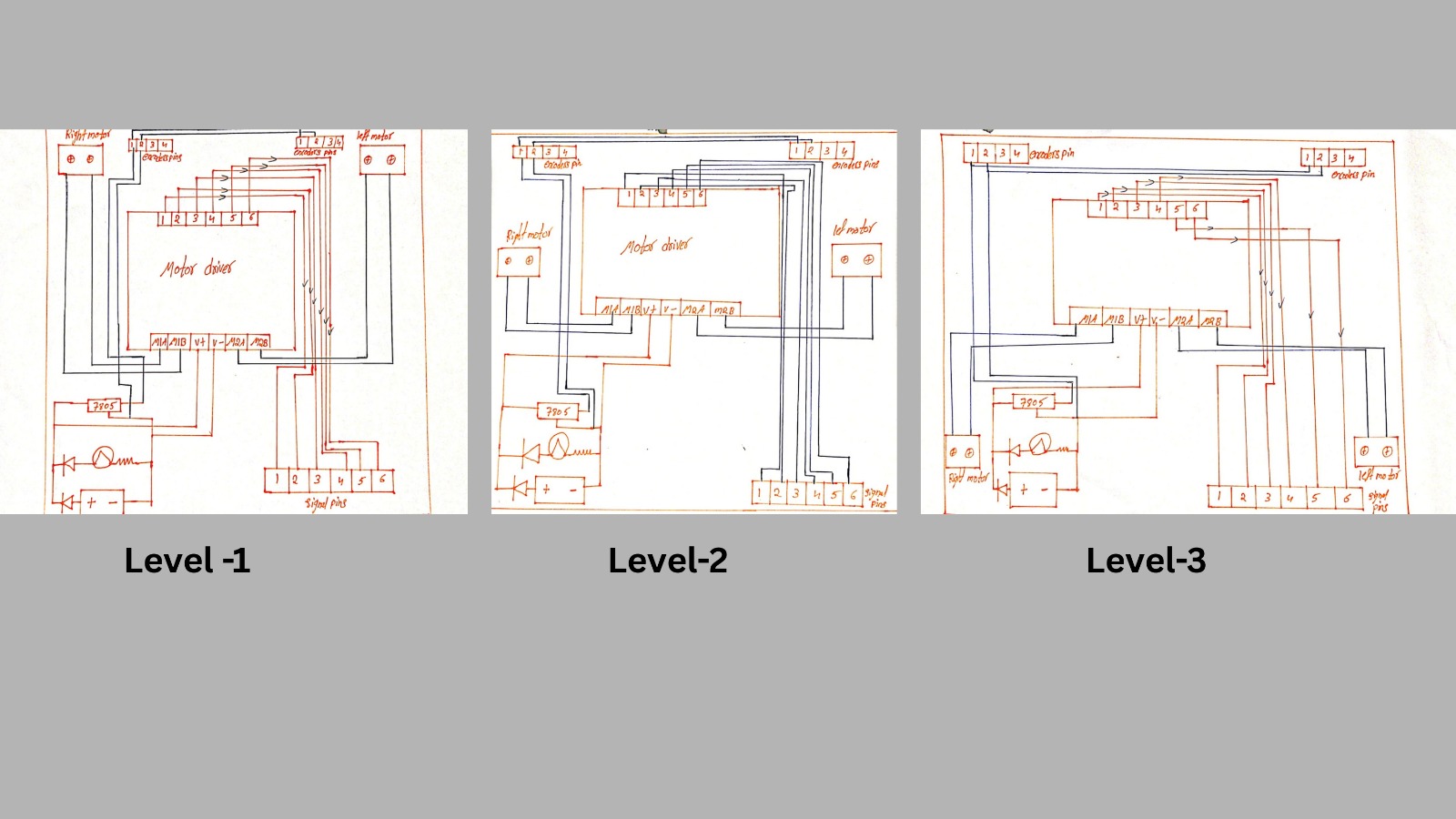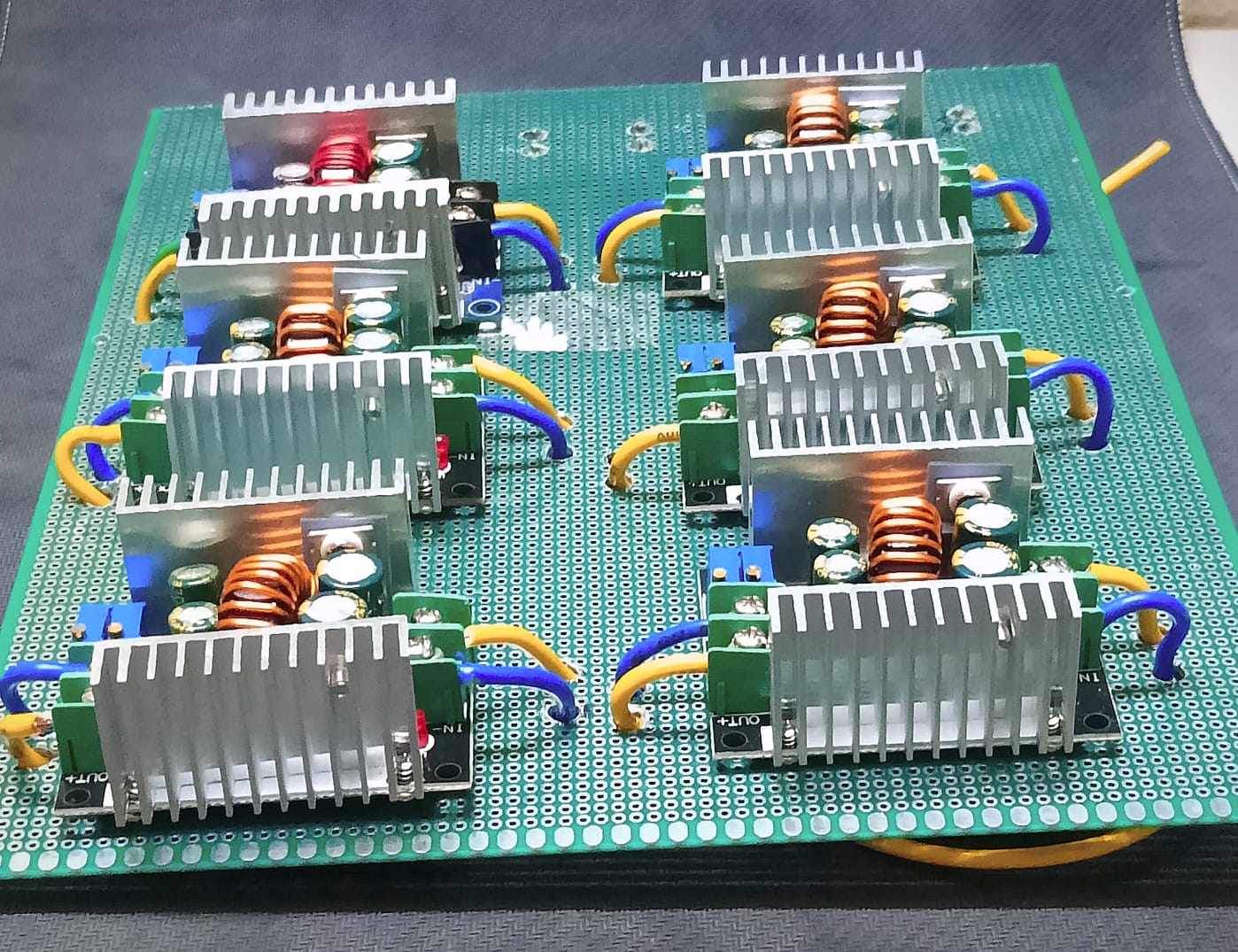· Ruthvik · 2 min read
The Differential Bar Mechanism
When designing a rover that must traverse rocks, sand, and uneven terrain, stability becomes a top priority. The differential bar mechanism is one of those important mechanism that makes this possible. It’s simple, mechanical, and absolutely vital.

The Problem It Solves
On rough terrain, the rover’s left and right wheels often experience very different ground heights. Without compensation, one side lifts while the other dips, tilting the entire body. This can cause wheel slip, loss of traction, or even tipping over.
The Role of the Differential Bar
The differential bar connects the left and right suspension rockers through a central pivot. When one side of the rover goes up over an obstacle, the bar rotates slightly and pushes the opposite side down. This counteraction keeps the main chassis level and ensures that all wheels stay in contact with the ground.
Integration with Rocker-Bogie Suspension
Our rover uses a rocker-bogie suspension, where each side consists of a rocker (front arm) and a bogie (rear arm). The differential bar links both rockers across the chassis. As one side climbs, the bar distributes the motion to the other side, balancing the body naturally. No sensors or actuators required.
Advantages
- Maintains ground contact on all wheels
- Distributes load evenly
- Reduces body roll and tilt
- Enhances traction and stability
- Completely passive and no electronics or power required
It’s a brilliant example of mechanical balance achieved through geometry and clever linkage.
Design and Simulation
In our rover, the differential bar was modeled and analyzed in Fusion 360. We simulated joint motion, clearance, and stress to ensure smooth articulation. The simulation clearly showed how the bar allows the chassis to remain stable even when one side is raised on an obstacle.
Why It Matters
Planetary rovers like Curiosity and Perseverance rely on this same principle. The simplicity of the mechanism means fewer points of failure. For us, it improves reliability, control, and the overall mobility of our rover during field testing.
Conclusion
The differential bar mechanism might look small, but it plays a massive role in the rover’s ability to move confidently over unpredictable terrain. It’s a perfect reminder that the smartest engineering isn’t always the most complex — sometimes, it’s just the most elegant.



